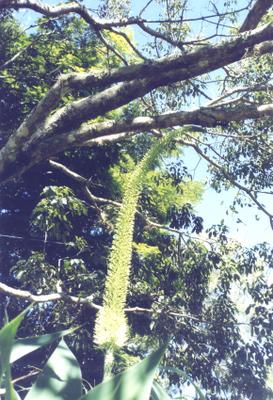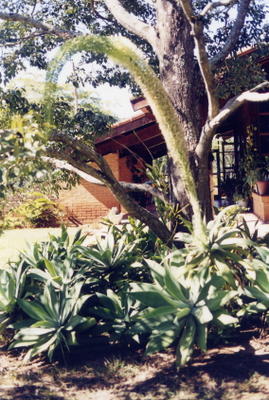 Photos taken my myself in my garden. Fotos clicadas por mim em meu jardim.
Photos taken my myself in my garden. Fotos clicadas por mim em meu jardim.To know better the resistant Agave Attenuata, click Here.
Para conhecer melhor a resistente Agave Attenuata, clique Aqui .
 Photos taken my myself in my garden. Fotos clicadas por mim em meu jardim.
Photos taken my myself in my garden. Fotos clicadas por mim em meu jardim. Click on photos to enlarge
Click on photos to enlarge 


